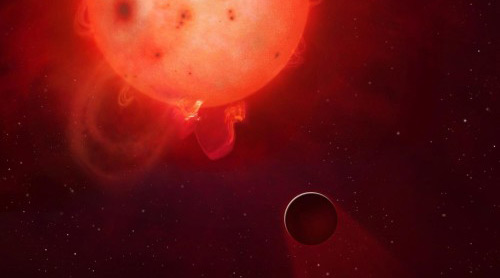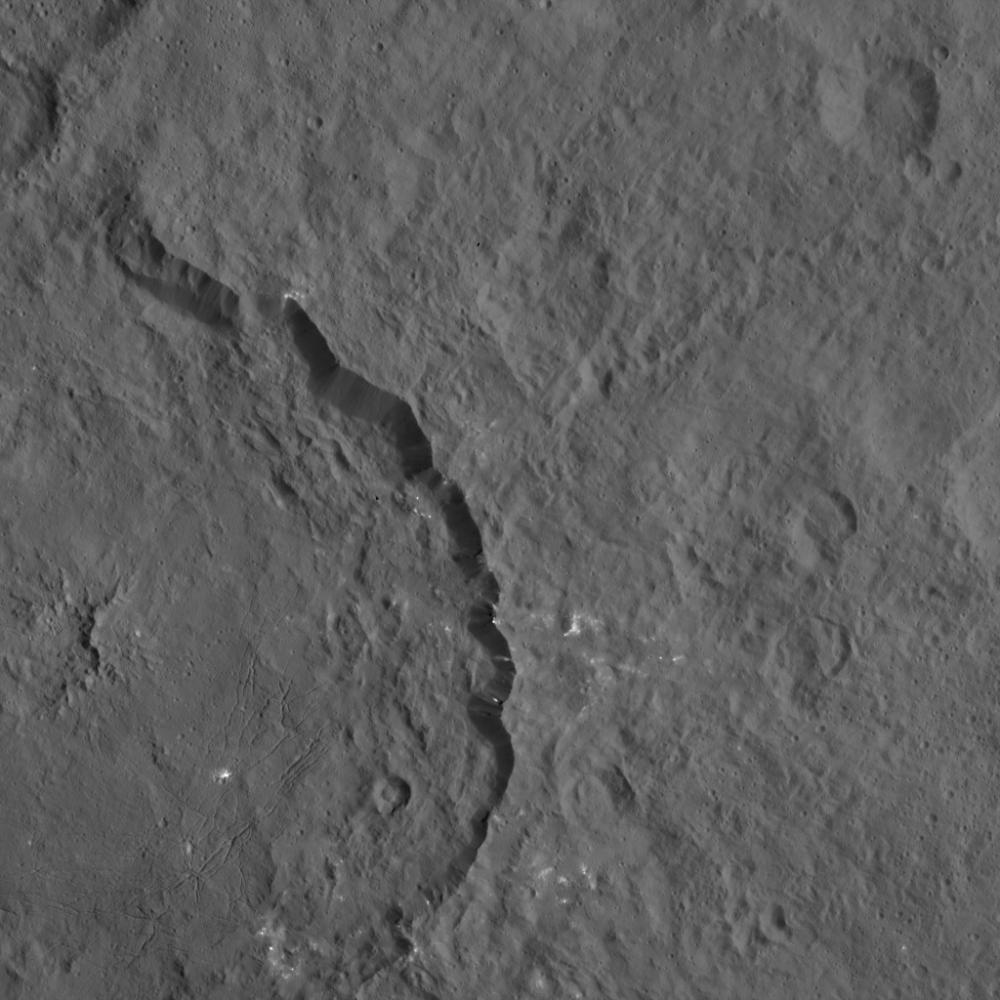Model T ford of rockets
Firefly Space Systems, a launch company specialising in launches for the rapidly growing small sat market, have gone on record as saying that they want their next design of space launcher to be the 'Model T ford' of rockets - by which I assume they mean they intend it to bring space access to a massive new market, not that it will have a top speed of 45 mph.
Above: A video run down on Firefly Space System's efforts to build their advanced smallsat launcher. Courtesy of Firefly Space Systems
Asteroid Redirection Mission - F.A.S.T. report available for public comment
NASA has released a draft copy of it's FAST (Final Assessment and Support Team) report of the ARM (Asteroid Redirection Mission), for public comment and feedback. Now, a lot of people are expecting that, just like George W Bush's project constellation, ARM will get cancelled with the next change of US government. But on the off chance it doesn't here's your chance to tell NASA what you think of it, and maybe shape how it turns out - the email address to send your comments to is HQ-ARM-FAST@mail.nasa.gov .
Yutu rover lives to see another day
Although it's been crippled for a long time now, the Yutu Moon 'rover' is still alive and talking to Earth from the Lunar surface, despite predictions that it would quickly succumb to the bitterly cold Lunar nights. The Chang'e lander craft that delivered it to the surface is also still operating - for nearly two years each, now -and functioning as an ultraviolet lunar observatory. Yutu itself has discovered that the Lunar geography is more complex than previously thought.
 |
| Above: Yutu rover on the surface, as seen by the Chang'e optical/UV observatory. Courtesy of the Chinese Government. |
Hairy dark matter!
Does Earth have a hairy halo of dark matter? Since dark matter is expected to pass through ordinary matter like a ghost, this is an intriguing idea as the 'hairs' would pass through Earth's crust as if it wasn't there, and all join up at the core. Measuring these dark matter hairs might even provide a way to probe the deep structure of our planet, as they would reach right into the planet's core.
Angel Balloon
As more people focus on low cost ways of accessing space, near space balloon flights are getting more and more interest. Here's one example of the kind of new technologies that bare being tested on balloons: A NASA team launched a balloon in New Mexico to demonstrate the controlled descent of a high altitude balloon payload to a predetermined landing site. It flew to 120,000 feet and then disconnected from the balloon and was guided to the landing site by a paragliding parachute - see the video below:
Antarctica's newest observatory
With it's high altitude, thin air, low humidity, and stillness, Ridge A in Antarctica is the closest thing to a view from space you can get on the surface of the Earth - which is why a consortium of astronomers has built and placed a robotic observatory there. Called HEAT (High Elevation Antarctic Terahertz - hey, I didn't pick the name) the telescope is exploring star forming regions, some of the most important yet enigmatic regions in our Galaxy.
 |
| Above: The HEAT robotic telescope, courtesy of the University of Arizona. |
Blue origin plans to launch space flights in summer 2016
Following it's successful sub-orbital flight last week (which resulted in a bit of a flame war between Blue origin's director, Jeff Bezos, and Space X founder Elon Musk) Blue origin plans to begin launching research payloads into space this coming summer, with manned flights to follow. for a video of their historic test flight, see below:
Earth caught in supernova's afterglow
An analysis of the intensity and direction of high energy particles reaching Earth suggests that our planet may still be caught in the 'afterglow' of a supernova that happened over two million years ago.
ULA to give miniature space craft free rideshare into space
United Launch Alliance (ULA) will begin adding a cubesat dispenser on
to its Atlas V rockets in 2017, allowing up to 24
cubesats to be launched alongside its main payload. Although most of the slots will be paid for, ULA will allow for
several free rides for University payloads.
The cubesat/miniature spacecraft market is growing, with numerous small satellites being developed and already launched via a variety of launch vehicles. Still smaller spacecraft, such as thumbsats and chipsats are also being developed.
Above: The strange looking high altitude trail of an Atlas V rocket.
Above: The launch of an Atlas V, courtesy of ULA.



























